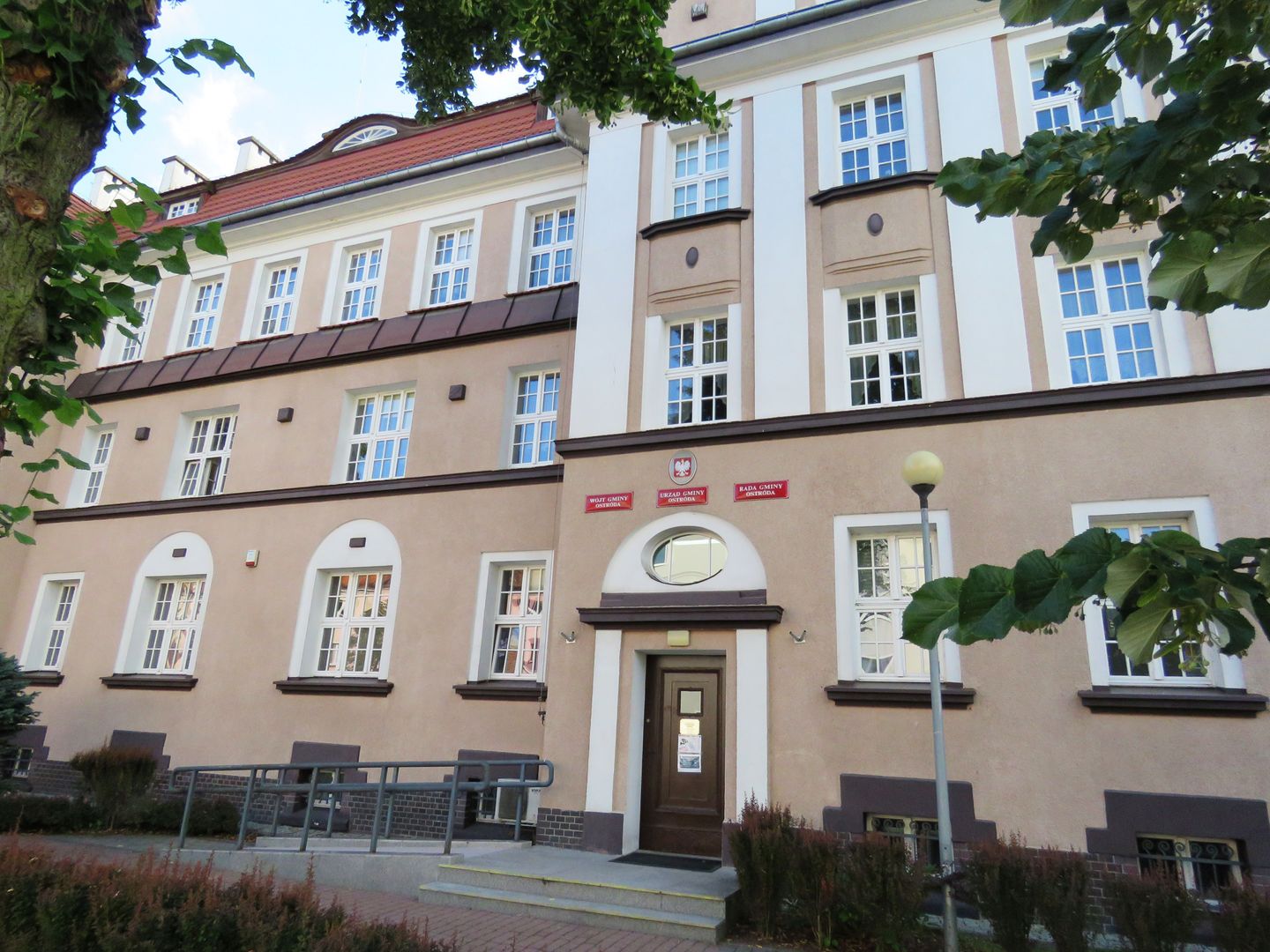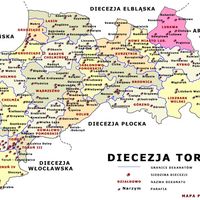Ostróda
7.2

Overview
Ostróda is a rural municipality in the Warmian-Masurian Voivodeship, within Ostróda County, with its seat located in the town of Ostróda. Between 1975 and 1998, the municipality belonged to the Olsztyn Voivodeship. It covers a considerable area of 401.06 km², of which 54% is agricultural land and 29% is forested, making it an important agricultural and woodland region. In 2019, the municipality was home to 16,114 people, indicating a slight population increase in recent years.
The municipality has a rich history, reflecting the traditions of the region, including the legacy of Jan Bażyński, the 15th-century governor of Prussia, which is symbolized in its coat of arms. The coat of arms, adopted in 1996, features a red squirrel and a golden riverboat, alluding to the area’s distinctive landscape features, such as the unique Elbląg-Ostróda Canal.
The municipality boasts numerous valuable architectural monuments, including churches from various eras, such as the 18th-century church in Durąg, the 17th-century Church of the Blessed Virgin Mary in Dylewo, and both Evangelical and Catholic churches in Glaznoty. In addition to religious buildings, notable structures include manors and palaces, such as the 19th-century palace in Klonowo—now an agritourism destination—and the neoclassical manor in Grabiny. The cemetery in Zajączki, established in the second half of the 19th century, is one of the best-preserved cemeteries in the region.
Situated in a picturesque area, Ostróda Municipality benefits from tourism development, thanks to its historic landmarks and natural beauty, highlighted by its forests and lakes. The municipality comprises numerous villages and smaller settlements, emphasizing its rural character and community-oriented way of life. It borders other municipalities, creating opportunities for regional cooperation.
Combining a rich history, cultural traditions, and unique architectural heritage, Ostróda is an attractive place to live and visit, making it a noteworthy part of Warmia and Masuria.
Location
You can also find here:
2025 Wizytor | All Rights Reserved

